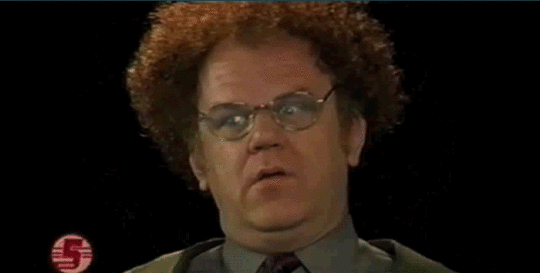@girlusocrazy said:
@Jag85: It would never have been considered in the first place those were going to be issues. Tom Kalinkse had initiatives that could have saved the Saturn but they didn't make practical and pragmatic decisions there. It wouldn't surprise me if it was the same thing with the Dreamcast.
Tom Kalinske is biased and only giving his side of the story at SOA. If you read SOJ's side of the story, you get a whole different perspective. The website Mega Drive Shock gives some great insight into SOJ's side of the story:
A Second Atari Shock? The Decline of the 16-Bit Console Era
Irimajiri Speaks Out About the Saturn, the 32X, and SOA’s Financial Troubles
Former Sega president Shoichiro Irimajiri explains how the internal feud between SOJ and SOA began:
On Sega of America’s Financial Troubles and Tom Kalinske’s Resignation
A huge problem came to light at Sega of America. In the American market, it was typically large retailers such as Toys “R” Us and Wal-Mart that stocked game hardware and software. Those kinds of retailers would buy a huge quantity of stock at first. However, if they didn’t sell the stock within a certain period, they’d send it all back. We’d have to buy it all back.
SOA’s posted profits in 1993, for example, were all washed away because it had to take extraordinary losses on returned stock later on. Those extraordinary losses came to $100 million or $200 million at a time. Furthermore, retailers in America held a lot of power, and they required manufacturers to have a certain amount of inventory on hand to replenish stocks when items sold out. For example, retailers required SOA to have at least 500,000 Genesis hardware units on hand to replenish sold stock, or they wouldn’t do business with us.
SOA had an excess of inventory that would all be sold at once, bringing in a huge amount of revenue. Then, all that inventory would come back from retailers later on and SOA would take a huge loss. With the Genesis, all of those losses started to appear in 1994, 1995, and 1996. If you added up all the losses, the number would be astronomical.
When we looked at the numbers carefully, even though SOA had a reputation for earning so much money, it turned out they weren’t earning much at all. We decided we had to change things, and that necessitated reducing the size of the company.
We told Tom Kalinske that we’d give him one year to restructure the company like so. This was a quite a strong request.
After one year, in 1996, the restructuring hadn’t progressed at all. We decided we had no choice, and I was ordered to go to SOA and take over as president. Tom Kalinske was asked to step down. I initiated the restructuring and worked to make the company healthy.
In late 1993, Sega were shocked that export revenues started declining, despite Sega dominating overseas markets at the time. The main reason for the decline was because of SOA having stock issues, which led to SOJ losing trust in Kalinske's management of SOA. And those stock issues were ultimately caused by Wal-Mart and Toys 'R Us bullying SOA around with unreasonable stock demands. This sparked internal strife between SOJ and SOA, which lasted up until Kalinske's resignation in 1996.



Log in to comment